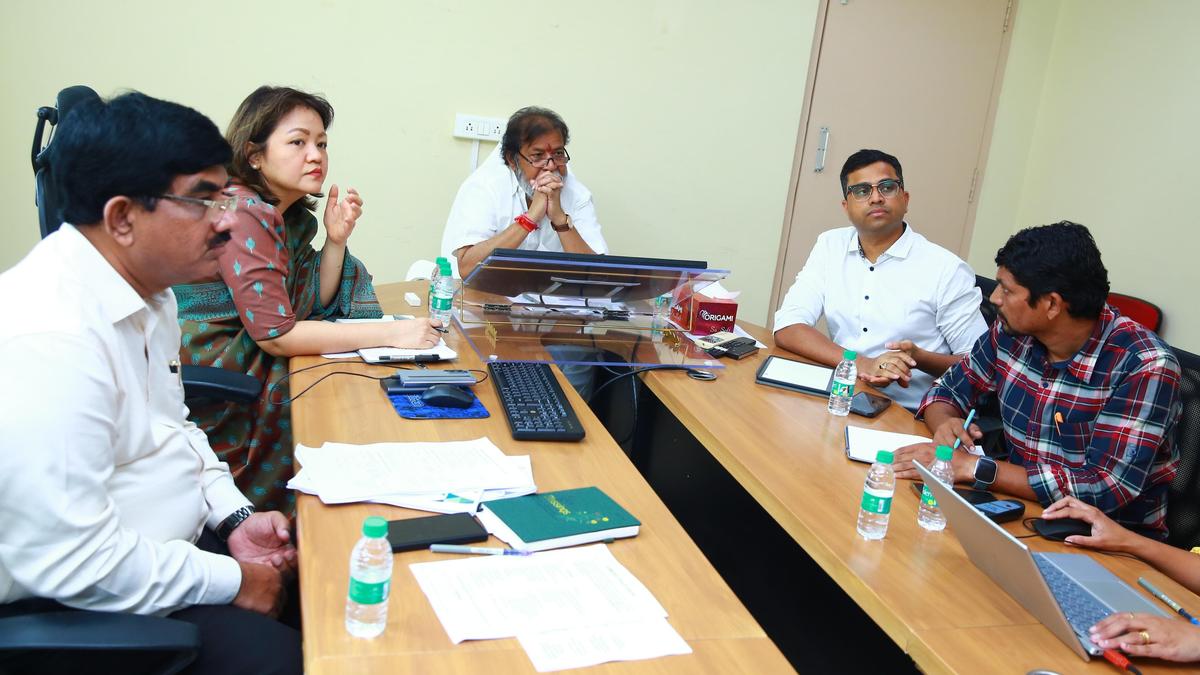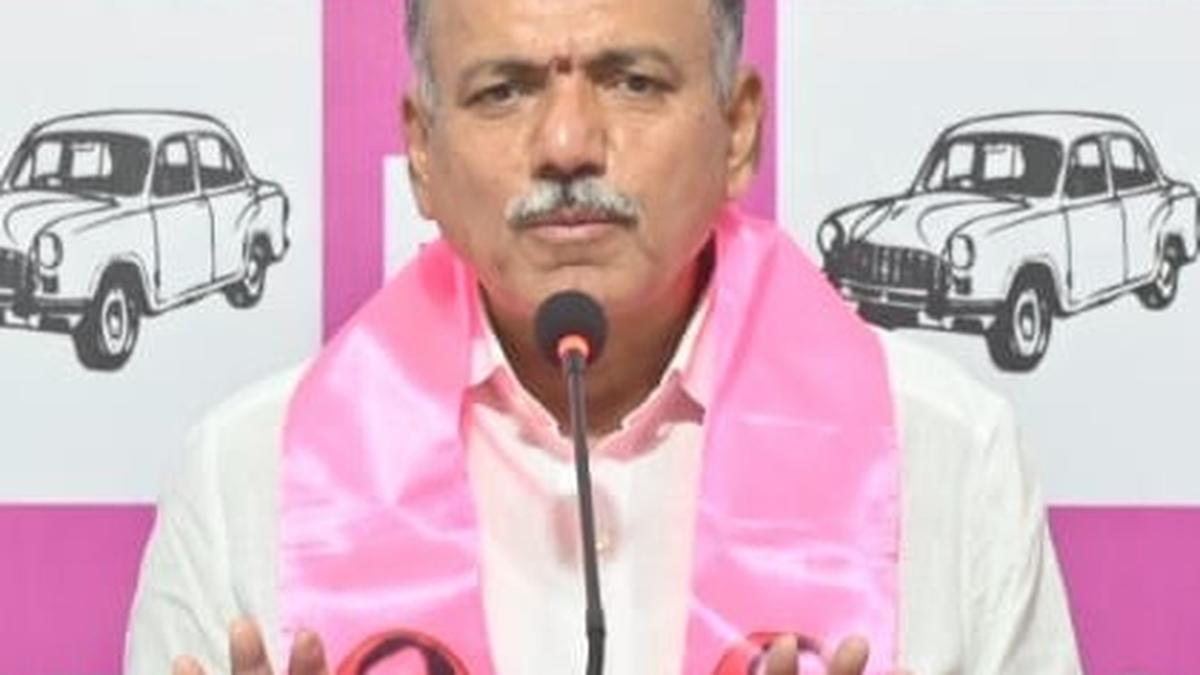Now Reading: Telangana to Establish Dialysis Centres Every 20-25 Km: Health Minister
-
01
Telangana to Establish Dialysis Centres Every 20-25 Km: Health Minister
Telangana to Establish Dialysis Centres Every 20-25 Km: Health Minister

Quick Summary
- Announcement by Health Minister:
Health Minister C. Damodar Raja Narasimha stated the government’s intent to establish dialysis centres every 20-25 kilometres to minimize travel and waiting times for patients needing life-saving treatment.
- Accessibility Aim:
The focus is on enabling patients to travel, receive treatment, and return home within a few hours.
- Current dialysis Services:
Ther are presently 102 centres catering to about 7,500 patients statewide. Patient numbers have surged from approximately 1,230 in 2009 to over 12,000 currently and are expected to rise further.
- Health Challenges Identified:
Lifestyle-related diseases like hypertension, diabetes, heart disease, kidney disease, and cancers are now major burdens on the healthcare system compared to infectious diseases earlier.
- Expansion Plans:
Proposals for new dialysis centres will be prepared based on patient needs and geographical considerations. Existing facilities will be expanded with additional machines where required.
Indian Opinion Analysis
The announcement reflects a pragmatic response to rising health concerns linked to lifestyle disorders such as kidney disease and cancer in the State. Establishing dialysis centres at closer intervals could substantially benefit rural populations who often face important barriers in accessing specialized medical care due to distance or financial constraints. Furthermore, enhancing reach while improving capacity at existing facilities aligns with goals of equitable healthcare access for all citizens – reducing economic burdens on families grappling with chronic conditions like renal failure.However, operationalizing this vision hinges entirely upon robust implementation models that prioritize both infrastructural development and trained personnel availability across regions. If properly executed as planned by the health Secretary under specific patient-density frameworks described during this meeting-this effort may set an example for long-term localised care addressing chronic illnesses on a broader scale within India’s healthcare system.
For read more click here.





















